Archive
Jentschke Lectures
DESY Lecture Series in Memory of Professor Dr. Willibald Jentschke
Lecture 2009
“Black Holes and the Fate of the Universe”
11 November 2009
17:00 h
DESY Auditorium
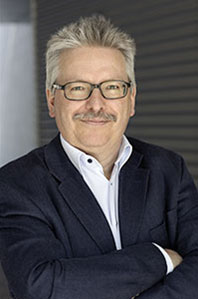
Prof. Dr. Günther Hasinger
Max Planck Institute for Plasma Physics
Garching, Germany
The first stellar mass black holes have probably been formed in powerful gamma ray bursts in the early Universe. Stellar remnants of the first generation of stars have been the seeds of supermassive black holes, which we find dormant in the centers of most nearby galaxies – including our own Milky Way. Different feeding modes have been identified for growing black holes: small flares occurring almost daily in our Galactic Center black hole; major flares, in which an otherwise dormant black hole tidally disrupts and swallows a normal star. Major mergers between two galaxies seem to play an important role in the feeding of black holes. In the nearby merger NGC 6240 we could identify a double supermassive black hole in a single galaxy, which will merge in the future. A tight correlation between black hole mass and the global properties of their host galaxies indicates a co-formation and evolution of black holes and galaxies.
The X-ray sky is dominated by a diffuse extragalactic background radiation, which can almost completely be resolved into discrete sources using X-ray satellites – we observe the growth phase of the population of supermassive black holes throughout the history of the Universe. The black holes must therefore have been formed together or even before the bulk of the stars in galaxies – they are possibly the seeds of galaxy formation. What will be the fate of the black holes? They can live much longer than other forms of matter and structures in the Universe, but nevertheless must evaporate after a finite time. If Dark Energy indeed accelerates the expansion of the Universe forever, the most massive black holes can grow to hundreds of billions of solar masses, which can live as long as 10100 years – a truly unimaginable time span. The first compact objects, which entered the stage of the Universe, will then also be the last ones to leave it.
Lecture 2008
“Grand Challenges for Megafacilities”
December 4, 2008
17:00 h
DESY Auditorium
Professor Dr. Helmut Dosch
Max Planck Institute for Metals Research Stuttgart, Germany
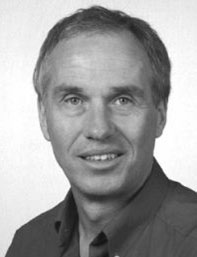
Prof. Dr. Helmut Dosch
(Photo by Max Planck Institute, Stuttgart)![]() Plaket
Plaket
Lecture 2007
“Atomics and Molecular Phsics with FEL : A New Opportunity for Laboratory Astrophysics”
June 22, 2007
17:00 h
DESY Auditorium
Professor Daniel Zajfman
The Weizmann Institute, Rehovot, Israel
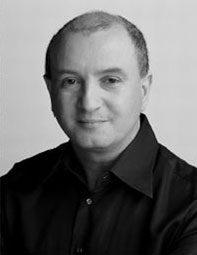
Prof. Daniel Zajfman
(Photo by Weizmann Institute)![]() Poster
Poster
Lecture 2006
“High-Energy Neutrino Astronomy: Towards Kilometer-Scale Neutrino Observatories”
April 20, 2006
17:00 h
DESY Auditorium
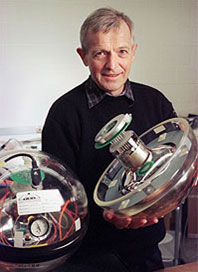
Professor Francis Halzen
University of Wisconsin-Madison
Prof. Francis Halzen
(Photo by Jeff Miller/University of Wisconsin-Madison)
Lecture 2005
“Future of Physics”
January 18, 2005
DESY Auditorium
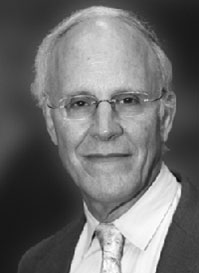
Professor D. Gross
University of California, Santa Barbara
Lecture 2003
“The Impact of Synchrotron Radiation on Molecular Biology”
December 4, 2003
DESY Auditorium
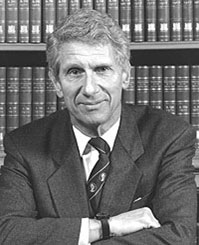
Professor K.C. Holmes
Heidelberg University
Lecture 2002
“The Danger Posed by Nuclear Weapons”
December 5, 2002
DESY Auditorium
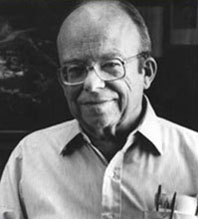
Professor W.K.H. Panofsky
Stanford University

